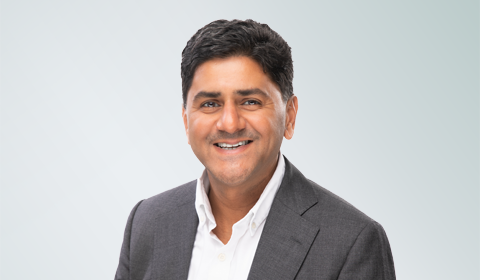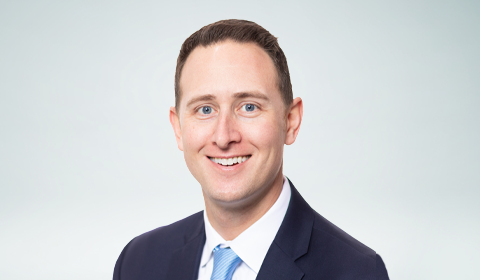Unlocking the potential of in-force policies
Dave Rengachary: We’ve talked about the use of structured and unstructured data during the acquisition of new business. But the same data can give us better insights on in-force policies. Mark will take us through that journey.
Mark Ma: In most companies, underwriting systems and actuarial systems such as experience studies are separated. After underwriting decisions, that rich underwriting information tends to be lost.
An underwriter may come to us, asking, “Hey, if I raise the cut-off point of an A1C result for preferred classes, how does that affect the business mix and mortality?” Embarrassingly, those questions are hard. They're hard because the wealth of underwriting data is locked in our underwriting systems.
As a result, we cannot quickly turn human experience into mortality insights. These limitations stifle my creativity as an actuary. - Mark Ma, RGA
Before an idea can mature, I automatically shoot it down: The idea is impossible since there is no data available. Digitizing underwriting files with DigitalOwl enables us to unlock a wealth of viable data that was previously inaccessible.
Each case is unique, yet with credible structured data and advanced analytics, we can move from case-level reviews to identifying the true drivers of the mortality experience. Actuaries can make better adjustments when migrating historical experience to a new targeted market or distribution channel. They can also change products with a high degree of accuracy and confidence.
Sounds great, but where do we start? Start with an impact study. Pull out a pool of applicants and digitize their underwriting evidence and applications. Take a look at the resulting digital summary. Does the summary match the underwriting decision? If not, is it because of additional impairments, the intricacy of comorbidities, or a lack of experience?
The inconsistency of human decision making can expose the complexity of considerations. The good news is that you have the data to build those considerations into your rules and models. By the end, you will understand the relationship between the features in a digital summary and your historical underwriting decisions.
Industry approaches to standardization
Dave Rengachary: Let’s talk about the ongoing discussion about setting standards for structured data. Should you go with an existing healthcare-based format, or build an insurance-based format? Sean will talk about those different formats and the challenges you might encounter.
Sean Allen: The big question for our industry is, ‘How do you standardize things and put them in a structure so we can just look at mortality and get rid of all the morbidity issues?’ EHRs were built for clinical medicine; they’re intended for providers to pass information back and forth as they treat patients. In insurance, it’s a totally different perspective: We’re monitoring risk and trying to determine how people fit within our product sets. We want to do the kind of actuarial analysis and retrospective studies that Mark described. We’re also mindful of regulatory issues related to transparency and bias. How do we look at everything from one big picture?
Andy Kramer: Historically EHRs have been in proprietary formats because we as an industry never sat down to say, ‘Hey, let’s talk about standardizing this.’ At ACORD, we’ve spent nearly three years trying to drive standards to get more interoperability in EHRs. Hopefully everyone will adopt them so that we can achieve interoperability throughout the entire life insurance value chain, from production to reinsurance in the back end.
Nick Milinovich: Like any carrier, we at Northwestern Mutual have proprietary processes that apply to incoming data. We have proprietary manuals, automated rule sets, and predictive models. They're finely tuned to our market and our clientele, and they’re continually refreshed.
But many of the standards around data should not be proprietary, such as how the data comes in, the style sheets used by human underwriters, and the data structure that flows into a rule set. The problem around data is big enough that it needs to be solved as an industry.
Maria Beaulieu: Natively structured EHRs are dependent on the vendor applying their proprietary structures. For example, if you're getting a prescription record from Vendor A, it's not going to translate and read the same as a record from Vendor B. If we can’t all speak the same language, it’s difficult to complete risk assessment and put that data through automation. Carriers are spending their time building technologies to handle different iterations of the same information. That’s redundant and takes away from the time and effort we could spend addressing the information within the EHR.
Andy Kramer: One of the projects I'm working on is the standard application. One of our vendors said that if the industry could coalesce around one standard application, it would reduce the implementation cost of those electronic application systems by about 80%. And that’s because they’re spending 80% of their efforts mapping all these disparate application questions to the data structure on the back end. If we as an industry can get to standards, it will dramatically reduce the cost of adding new vendors.








